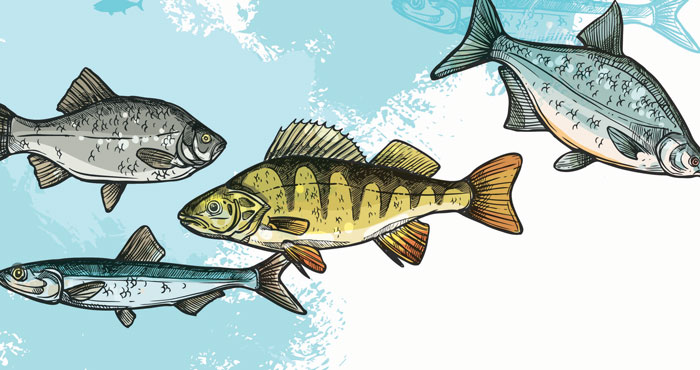Classically, resilience is the ability to recover from a setback, although that may not necessarily be a return to the way things were.
By Catherine Norwood
For director of marine resources at the Department of Primary Industries, Parks, Water and Environment (DPIPWE) in Tasmania, Ian Dutton, examining the issues that arose during the pandemic and how decisions were made can help build adaptive management capacity and assist decision-making in the future.
In past crises, such as the global financial crisis, there has not been adequate documentation of what happened, what options were assessed, how response priorities were decided, and how well the responses performed, he says.
“There is much that we learn about the robustness of our decision systems when they are placed under stress during a crisis like COVID.”
This approach underpins a project DPIPWE has initiated. It is led by Emily Ogier and Steven Rust at the University of Tasmania’s Institute for Marine and Antarctic Studies, which is tracking COVID-19 events and industry responses as they happen.
Emily Ogier leads the FRDC’s Human Dimensions Research subprogram, and the FRDC has commissioned her to expand the project scope beyond Tasmania, to incorporate national and international events. Preliminary results are already being used to inform response options, although the impacts of the coronavirus continue to unfold, providing an important historical reference to learn from.
Based on the difficulties encountered and responses to date, Ian Dutton sees the following three areas as important in increasing the resilience of the seafood sector.

Business basics
Business structures and employment practices common in the fishing sector meant many small fishing businesses in need of assistance were not eligible for government support on offer, such as the JobSeeker or JobKeeper programs.
While peak industry bodies have worked with governments to address the eligibility criteria for these and other programs, including small business grants or low-interest loans, this work will need to be ongoing. The capacity to support these businesses is often highly dependent on how much they resemble ‘mainstream’ businesses.
For many in the seafood sector, this crisis might provide the impetus to review their operating structure and consider changes to allow easier access to a range of services and support programs.
Coordinated action
During the crisis, and as recovery efforts evolve, one of the most effective strategies to emerge has been the alignment of effort and collaboration across a wide array of sectors.
In Tasmania, the Seafood Industry Recovery Coordination Group, convened by the Minister for Primary Industries and Water, brings together all key government agencies, peak seafood industry groups and fisheries advisory experts every fortnight to share information, set priorities and coordinate responses. The priorities agreed on by this group feed into a whole-of-government group, the Premier’s Economic and Social Recovery Advisory Council.
While these groups are meeting in response to the crisis, Ian Dutton says continued collaboration and coordinated effort in the long-term will help to build the resilience of the seafood sector.
Digital capacity
The move to online Zoom or MS Teams meetings might seem inconsequential, but it has accelerated information sharing, communication and speedy decision-making, and improved collaboration between stakeholders at all levels of the sector. All of this will improve the capacity and responsiveness of the seafood sector.
The crisis has also highlighted the value of having access to real-time or near-real-time information in fisheries management. In Tasmania, this realisation will accelerate the move from paper-based catch reports to digital reporting.





